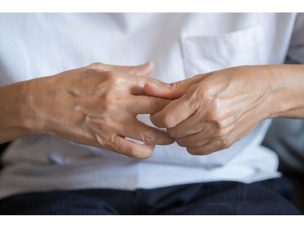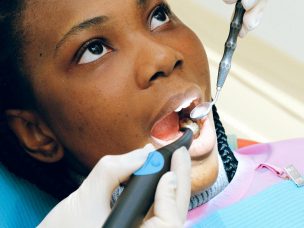Changes in total lean body mass with aging are associated with the development of diabetes among men and women, according to a study published online April 30 in the Journal of the Endocrine Society.
Rita R. Kalyani, M.D., from Johns Hopkins University in Baltimore, and colleagues examined the association of lean body mass with aging and incident diabetes in a cohort of 871 men and 984 women without diabetes from the Baltimore Longitudinal Study of Aging. Participants were followed for a median of seven years.
The researchers found that fasting and two-hour glucose, as well as prediabetes, were lower for men and women with a higher percentage total lean body mass. Among men, comparing the highest versus lowest quartiles, there were inverse associations for percentage total lean body mass, percentage leg lean mass, and lean: fat mass ratio with incident diabetes (hazard ratios, 0.46, 0.38, and 0.39) after accounting for race; the associations were attenuated after adjustment for height and weight. Among women, absolute total lean body mass was positively associated with incident diabetes, with similar trends seen in men.
“While men with a lower percentage of total lean body mass had a greater incidence of diabetes as we hypothesized, in part related to anthropometrics such as height and weight, both men and women with higher absolute total lean body mass unexpectedly had a greater incidence of diabetes, too, even after accounting for total fat mass measures,” the authors write.











